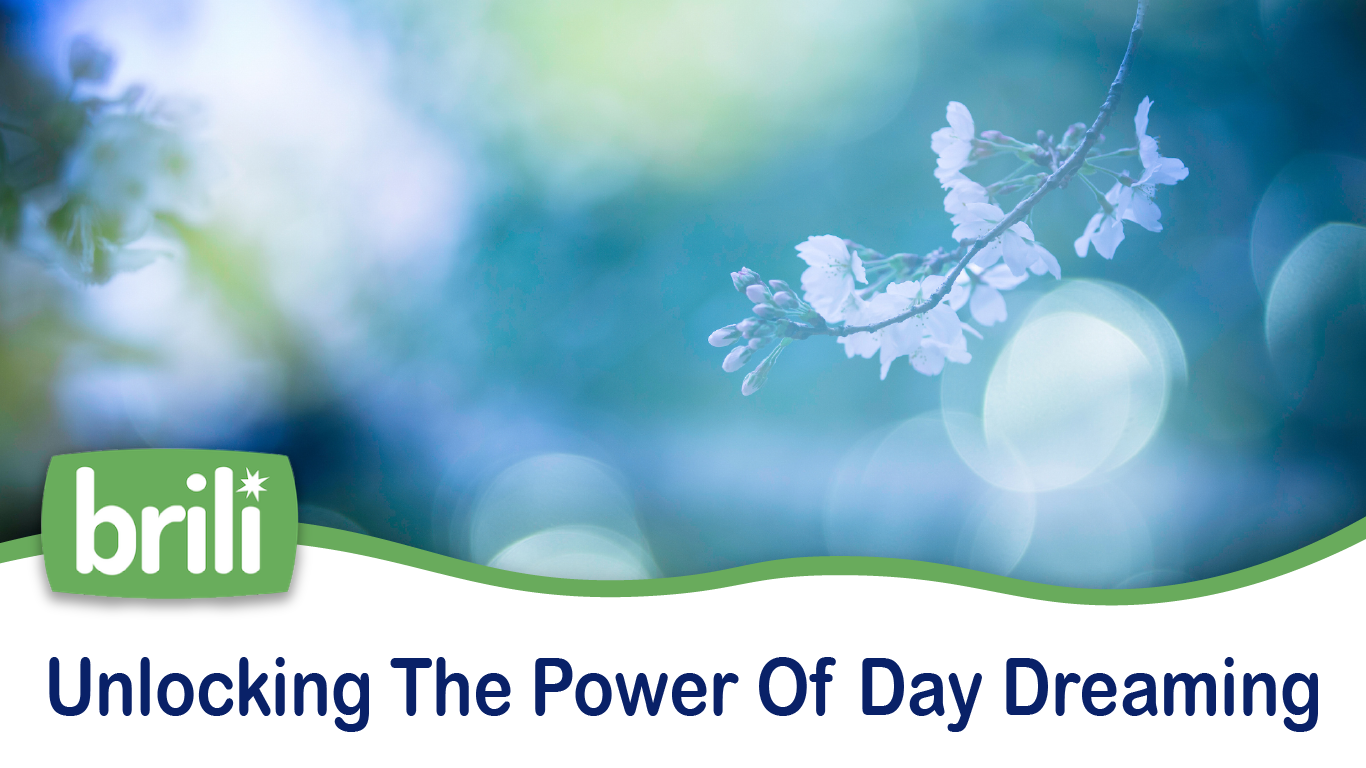Daydreaming has gotten a bad wrap and we are here to help set the record straight. When it comes to ADHD, daydreaming is quite unique and can be a powerful tool, there is plenty of research to back that up.
Daydreaming, or mind wandering, occurs when the mind drifts away from the present moment and engages in a rich internal world of thoughts, fantasies, and vivid imagery.
Drifting off into a magical world can offer an opportunity to explore your creativity, problem-solving abilities, and self-reflection. Daydreams can take the form of scenarios, narratives, or visualizations, providing an escape from the demands of the external world.
It might just be time to embrace ADHD daydreaming, despite misconceptions, here are some often overlooked benefits:
Enhanced Creativity: Daydreaming allows you to tap into your imaginative potential, fueling your creativity. The ability to generate innovative ideas and think outside the box is a valuable skill in all areas of life.
Emotional Regulation: Daydreaming can serve as a coping mechanism for regulating emotions. When faced with overwhelming or stressful situations, you may retreat into daydreams to find solace, explore your emotions, and regain a sense of control.
Cognitive Stimulation: Daydreaming can actually provide a cognitive boost. Engaging in stimulating and self-generated mental scenarios can activate various brain regions and stimulate neural connections.
There are challenges regarding daydreaming and ADHD:
Impaired Focus: Daydreaming can hinder focus and productivity, making it difficult for you to complete tasks or meet deadlines. Striking a balance between indulging in daydreams and staying engaged in the present moment is crucial.
Social Disconnection: When daydreaming becomes a predominant form of engagement, it may lead to social isolation and difficulties in connecting with others. Finding ways to bridge the gap between internal imaginative worlds and external relationships is important for maintaining social connections.
Here are our two favorite strategies for consciously channeling your daydreaming tendencies:
Mindfulness and Meditation: Practicing mindfulness can help develop self-awareness and regulate your daydreaming tendencies. Mindfulness exercises, such as focused breathing or body scans, can serve as grounding techniques, bringing attention back to the present moment when necessary.
Structured Creativity: structured outlets for creativity, such as writing, drawing, or engaging in hobbies, can channel daydreaming energy into productive and fulfilling endeavors.
Although your daydreaming might sometimes get you into trouble, it does have a lot of positive aspects. Try channeling your creativity and using your daydreaming to bring positivity and progress into your life. Not everyone has the ability to think in vivid imagery so you can always use that to your advantage.
